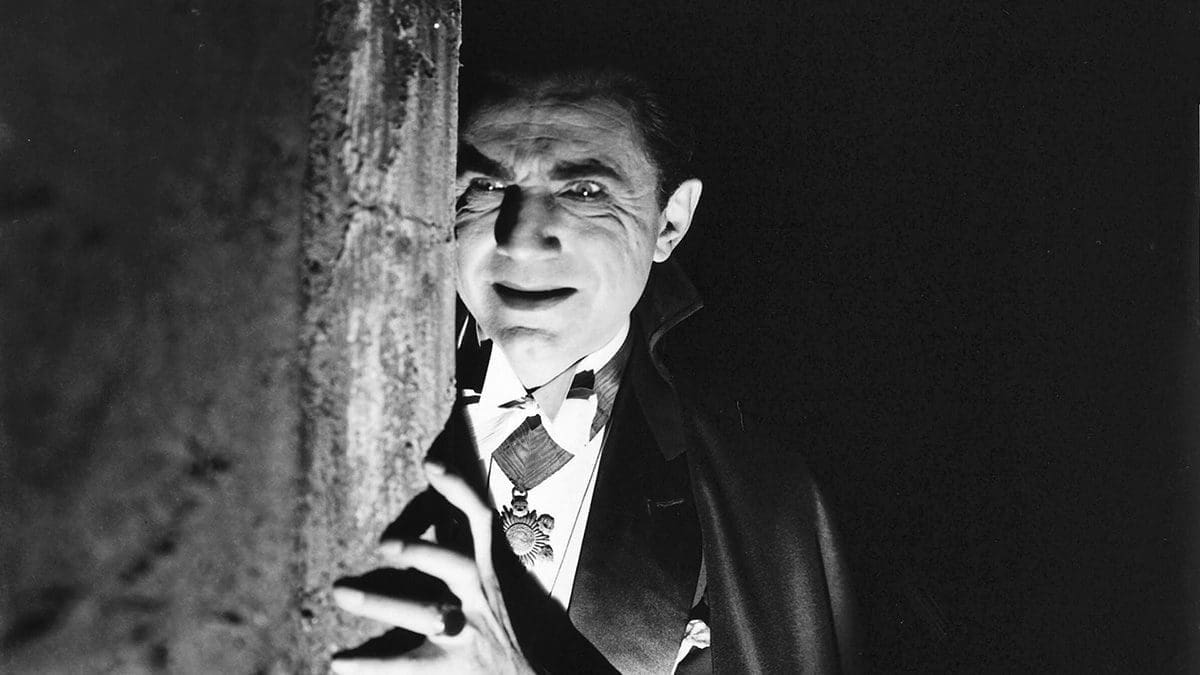
Sink Your Teeth into the Evolution of Dracula in Cinema
Dracula, the immortal vampire, has been a staple in cinema for over a century. From silent films to modern TV series, this iconic character has undergone numerous transformations, each adding unique layers to his persona. Today, we explore the key films that have shaped Dracula’s cinematic journey, the historical context of his portrayals, and the profound impact he has had on modern cinema and popular culture.
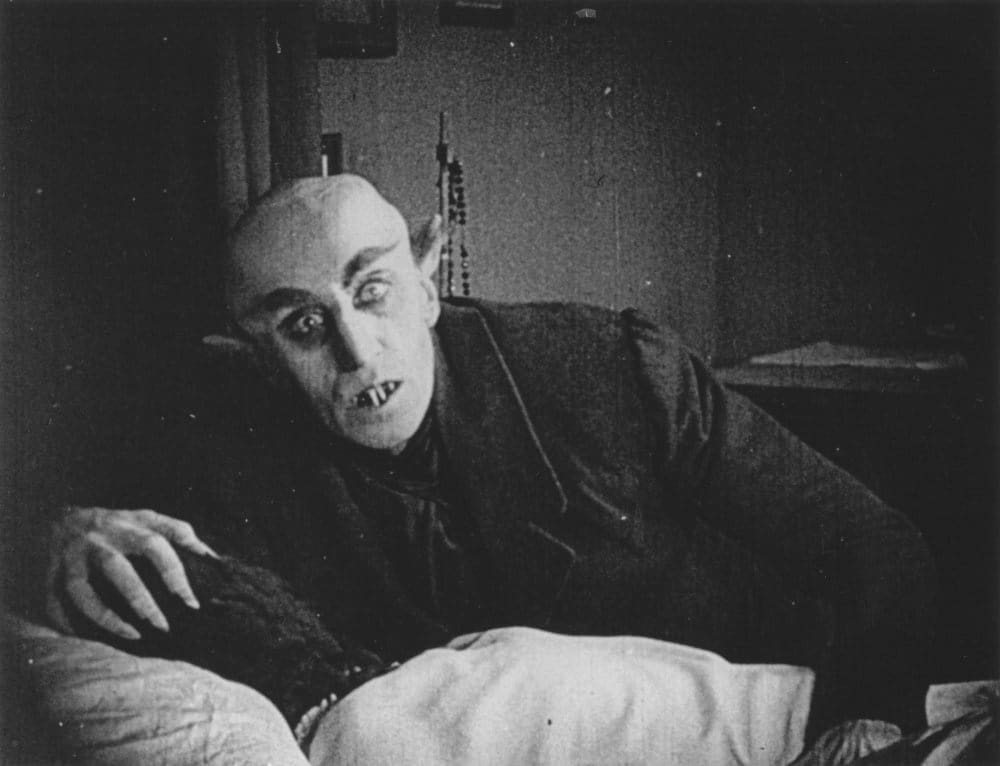
Nosferatu (1922): The Birth of Cinematic Horror
The journey of Dracula in cinema begins with the 1922 silent film “Nosferatu,” directed by F.W. Murnau. This unauthorized adaptation of Bram Stoker’s novel introduced audiences to Count Orlok, a monstrous, rat-like creature. The film’s groundbreaking cinematography and makeup techniques were instrumental in creating an atmosphere of terror that remains influential today.
Historical Context
“Nosferatu” emerged during the German Expressionist movement, characterized by its stark visuals and eerie atmospheres. The film’s portrayal of Count Orlok as a horrifying creature set a high standard for future vampire movies, emphasizing the vampire’s terrifying nature.
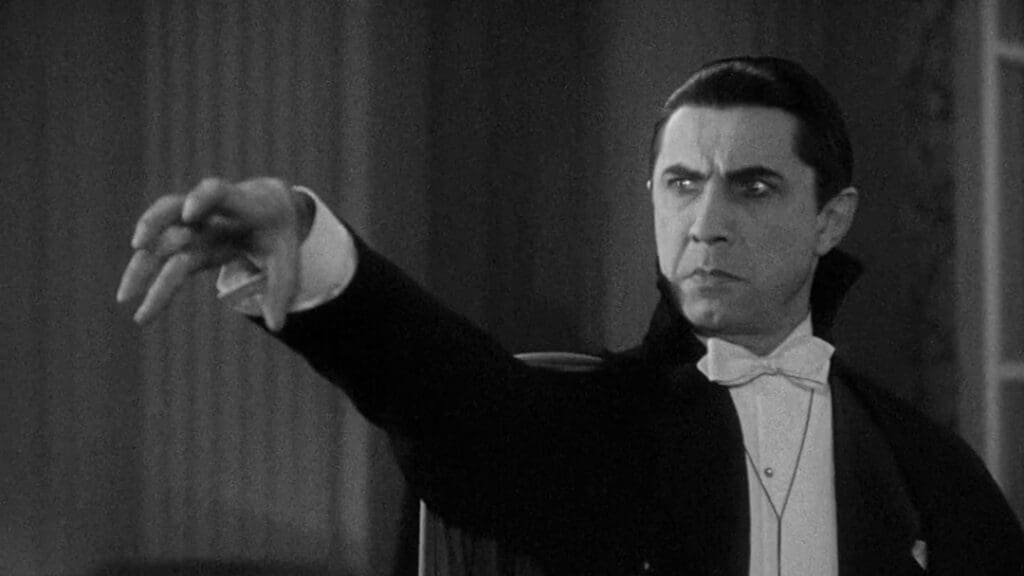
Dracula (1931): The Icon is Born
Universal Studios’ “Dracula,” released in 1931, brought a new dimension to the vampire genre. Bela Lugosi’s portrayal of Count Dracula established the character’s suave and dangerous persona. With his piercing gaze, slicked-back hair, and elegant European fashion, Lugosi’s Dracula became the archetype for future representations of the vampire.
Historical Context
The 1930s were a golden age for horror films, and “Dracula” played a pivotal role in this era. The film’s success solidified Universal Studios as a leading producer of horror films and cemented Dracula’s place in popular culture. Lugosi’s performance became the template for the classic vampire image, influencing countless adaptations.
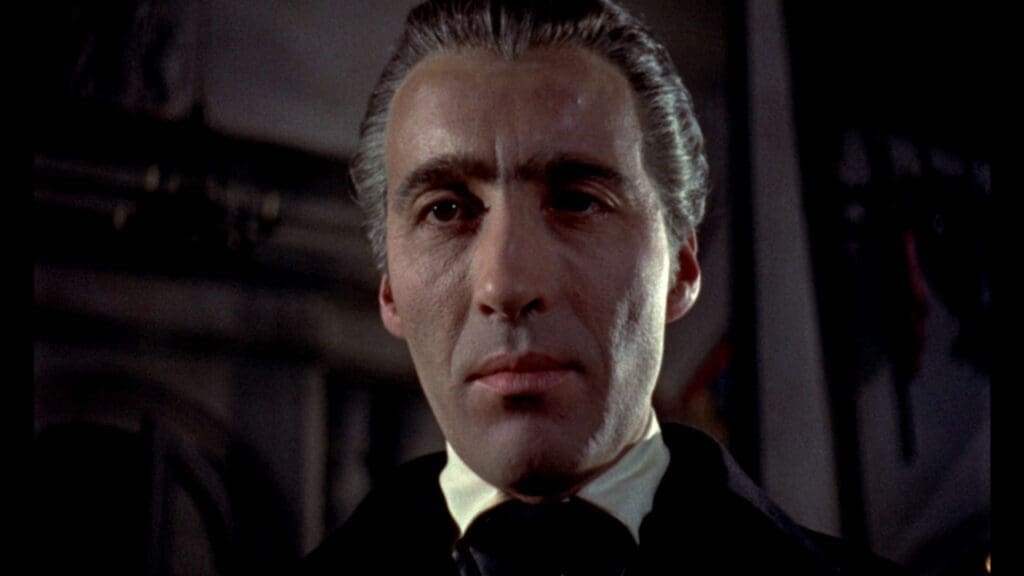
Hammer Studios’ Dracula (1958-1974): A New Era
The 1950s and 1960s saw Hammer Studios revitalizing the Dracula franchise with a series of films starring Christopher Lee. These adaptations presented Dracula as a more human-like and tragic character, adding depth and complexity to his persona. Lee’s portrayal brought a sense of charm and sexuality, making Dracula both alluring and terrifying.
Historical Context
Hammer Studios’ films emerged during a period of relaxation in censorship, allowing for more explicit content. This newfound freedom enabled filmmakers to explore Dracula’s character in ways that had previously been impossible, leading to richer and more nuanced portrayals.
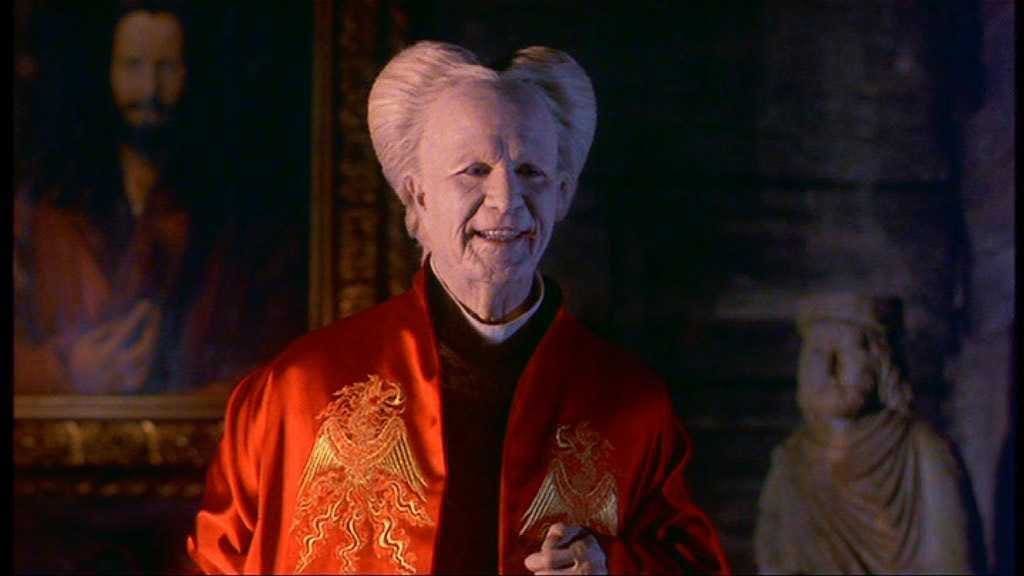
Bram Stoker’s Dracula (1992): A Romantic Reinvention
Directed by Francis Ford Coppola, “Bram Stoker’s Dracula” sought to remain faithful to Stoker’s original novel while adding a romantic dimension to the story. Gary Oldman’s portrayal of Dracula highlighted the Count’s vulnerability and desperation, presenting him as a tragic figure cursed with immortality. This version introduced the idea that Mina was the reincarnation of Dracula’s lost love, adding a poignant romantic arc.
Historical Context
The 1990s saw a resurgence of interest in gothic romance and dark fantasy. “Bram Stoker’s Dracula” capitalized on this trend, blending horror with romance and tragedy. The film’s lavish production and deep character exploration earned it critical acclaim and solidified Dracula’s versatility as a character.
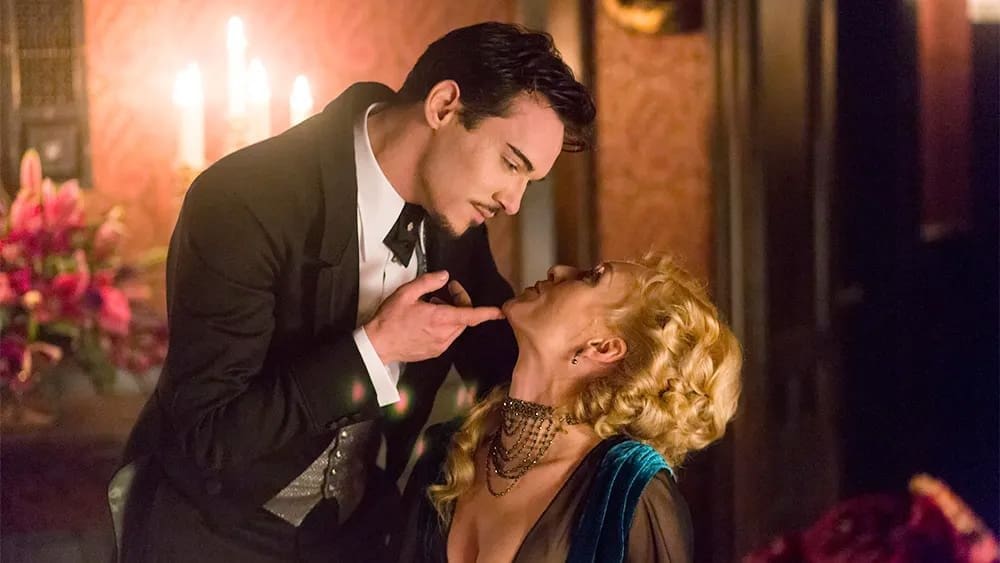
Modern Takes: The Evolution Continues
In recent years, Dracula has continued to evolve, reflecting contemporary themes and sensibilities. The 2013 TV series “Dracula” reimagined the character as a dangerous and mysterious businessman in Victorian England. Jonathan Rhys Meyers’ portrayal emphasized a modern take on the vampire, merging the traditional with the contemporary.
Historical Context
Modern adaptations of Dracula often reflect current societal concerns and technological advancements. The 2013 series, for instance, incorporated elements of science and innovation, presenting Dracula as a forward-thinking and complex character.
The Impact of Dracula on Modern Cinema and Culture
Dracula’s portrayal in cinema has had a profound impact on both the vampire genre and popular culture:
- Timeless Template: Dracula’s character has become a timeless template for the vampire genre, influencing countless subsequent vampire characters and stories in both cinema and literature.
- Gothic Romance and Horror: The suave, aristocratic, and malevolent aspects of Dracula have inspired a whole sub-genre of horror and gothic romance, evident in works like “Interview with the Vampire” and “Twilight.”
- Depiction of Immortal Beings: The evolution of Dracula’s character in cinema has informed the way immortal beings are depicted, emphasizing their allure and complexity.
- Cultural Icon: Dracula’s influence extends beyond cinema, with his image and persona featuring prominently in Halloween celebrations, costume designs, and themed events.
- Enduring Legacy: The character’s longevity and continuous reinvention across media have solidified his place as an enduring cultural icon, ensuring that Dracula remains a significant figure in horror culture and beyond.
Influential Adaptations: A Closer Look
Several adaptations of Dracula have left an indelible mark on cinema and popular culture:
- Nosferatu (1922): The first feature-length Dracula film, it set the tone for future vampire movies with its terrifying depiction of the vampire, Count Orlok.
- Dracula (1931): Bela Lugosi’s iconic portrayal established Dracula as a suave and dangerous figure, influencing countless future vampire characters in both cinema and literature.
- Bram Stoker’s Dracula (1992): Gary Oldman’s performance added depth and romance to Dracula’s character, presenting him as a tragic and sympathetic figure.
Conclusion: The Timeless Allure of Dracula
From the monstrous Count Orlok to the suave Bela Lugosi portrayal, the Hammer Studios’ tragic interpretation, the romantic and vulnerable Gary Oldman Dracula, to the modern TV series take on Dracula as a scientist, Dracula’s character and story remain a cornerstone of horror cinema. It’s fascinating to see how this character has evolved, and who knows what the future holds for this timeless vampire.
One thing is certain: audiences will continue to be captivated by the chilling lore of the legendary Count Dracula. As we look to the future, we can only anticipate more innovative and thrilling adaptations that honor the legacy of this iconic character.



